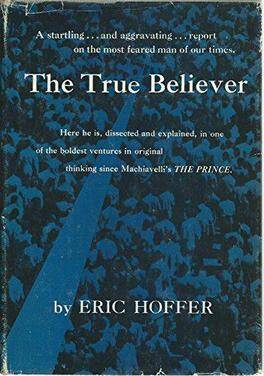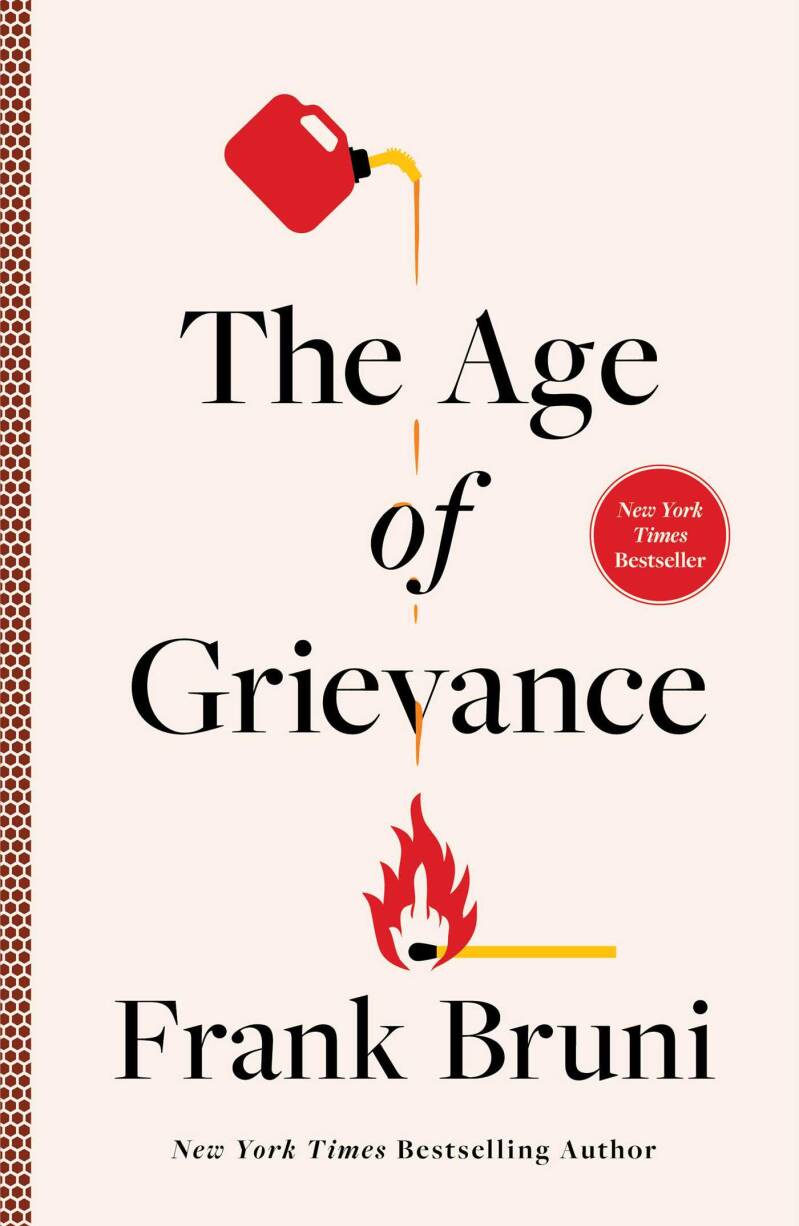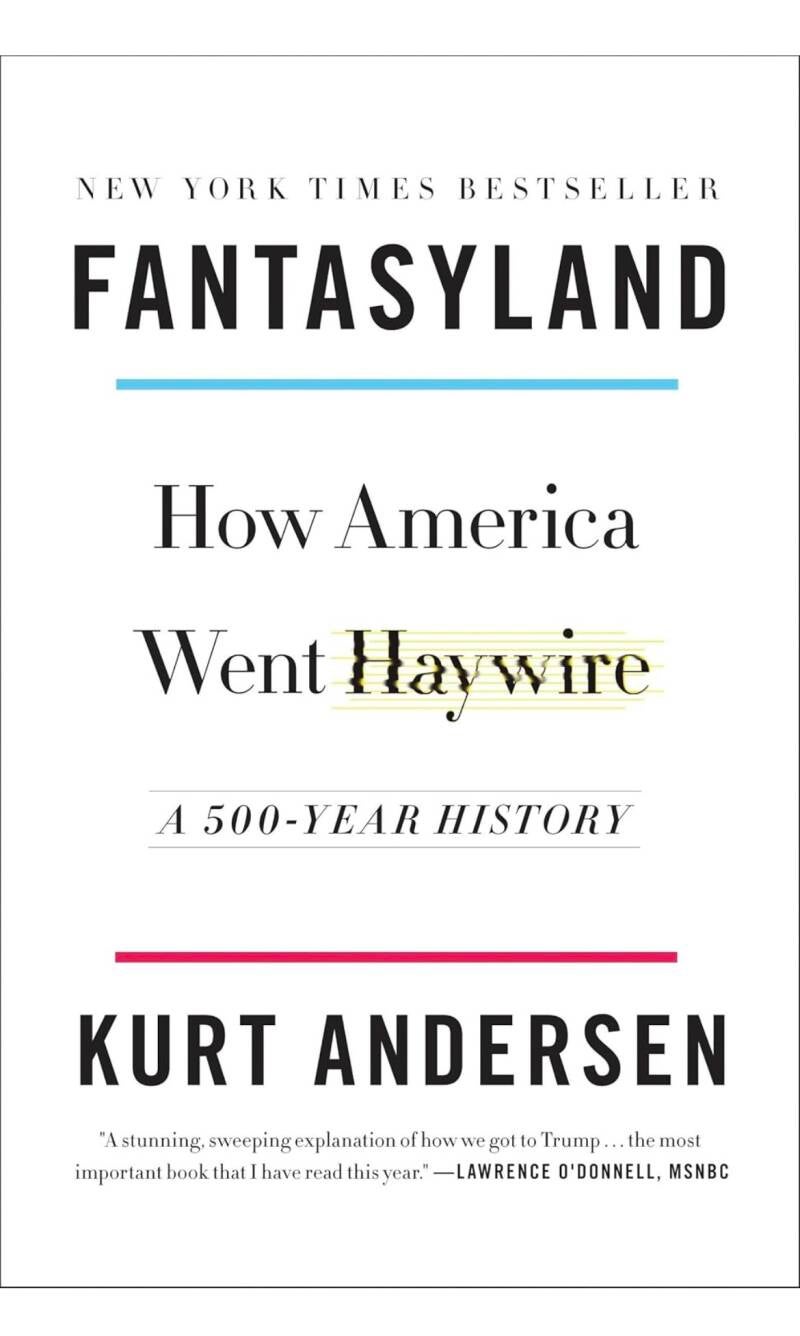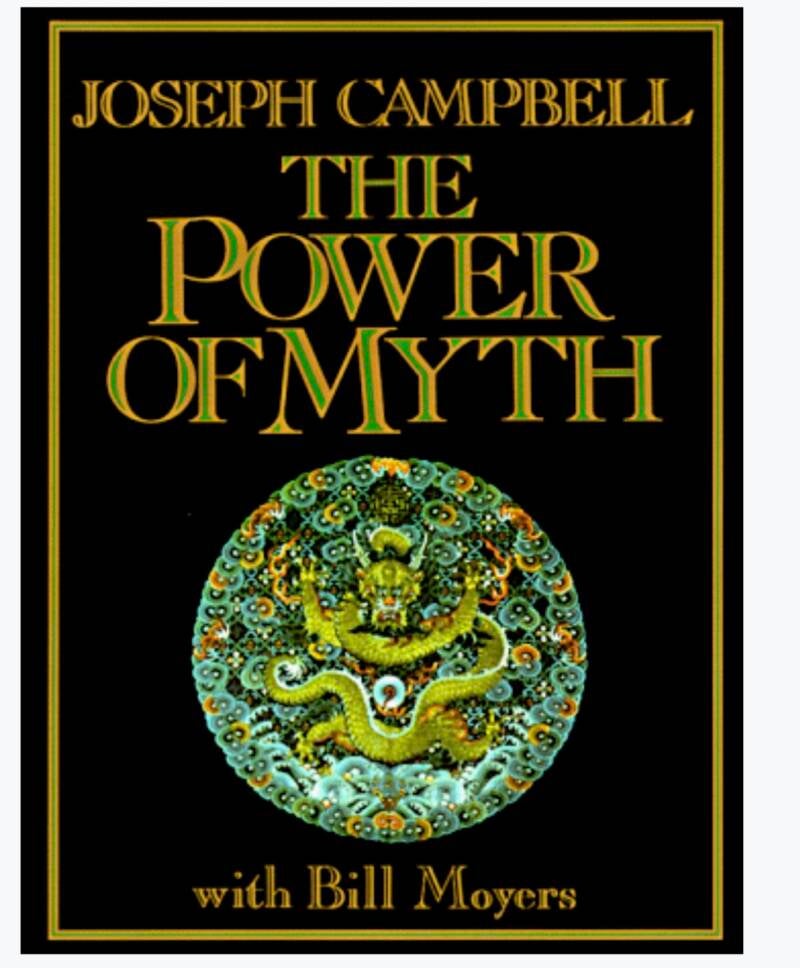Art as Resistance
In challenging times, art serves a greater purpose. It pushes boundaries, challenges unchecked power, inspires hope, and refuses to succumb to fear. I hope to showcase the wholesale destruction of a country through my art. Bring awareness through my own lense, and connect with others seeking to make sense out of what feels like an endless nightmare.

Wholly Heathen emerged as a mythic response to rising Christian nationalism and techno-authoritarianism — a visual archive of resistance, grief, and imagination.
The story of Wholly Heathen
🧿 About the Artist
Born in the Pacific Northwest and working from a small coastal town, this anonymous artist blends social critique with expressive ritual. With a background in sociology and fine arts, their practice is shaped by unrest — emotional, political, and spiritual. Each morning begins with two to three paintings, a daily rite of resistance that metabolizes chaos into mythic imagery.
Their work draws from thrift stores , old encyclopedias, anatomical illustrations, and the sacred grotesque. It is surreal, symbolic, and unapologetically political — a visual archive of estrangement and critique. Through layered compositions and allegorical fragments, they confront authoritarianism, oligarchy, and the erosion of justice in the United States.
This is not a brand. It is a rupture.

Recommended Reads

Thoughts on the Nature of Mass Movements by Eric Hoffer is a seminal work that explores the psychological roots of fanaticism, arguing that individuals who feel frustrated or alienated are especially susceptible to joining mass movements—whether religious, political, or ideological—as a way to escape their own sense of insignificance. Hoffer examines how these movements attract “true believers” who seek purpose and identity through self-renunciation and submission to a larger cause.
The Age of Grievance by Frank Bruni

The Age of Grievance by Frank Bruni argues that modern American culture is dominated by a pervasive sense of victimhood and outrage, exploited across the political spectrum to erode civil discourse and democratic trust.

Nothing Is True and Everything Is Possible by Peter Pomerantsev is a surreal, insider account of post-Soviet Russia’s media landscape, where propaganda, spectacle, and manufactured reality blur the line between truth and fiction. Drawing from his experience as a TV producer in Moscow, Pomerantsev reveals how the Kremlin weaponizes entertainment and illusion to control public perception and suppress dissent.

The Power Worshippers by Katherine Stewart exposes the coordinated political strategy of Christian nationalism in the United States, revealing how religious extremists have systematically infiltrated American institutions to impose a theocratic agenda on secular democracy.

“Fantasyland: How America Went Haywire” by Kurt Andersen is a sweeping cultural history that argues America’s deep-rooted embrace of fantasy, magical thinking, and self-delusion has led to today’s era of misinformation and political extremism.

The Bible Says So by Dan McClellan challenges common misconceptions about Scripture by examining how cultural context, translation, and interpretive traditions shape what people think the Bible says about controversial issues.

“The Power of Myth” is a profound dialogue between mythologist Joseph Campbell and journalist Bill Moyers that explores how ancient myths continue to shape modern life, offering timeless insights into human experience, identity, and transformation.


Create Your Own Website With Webador